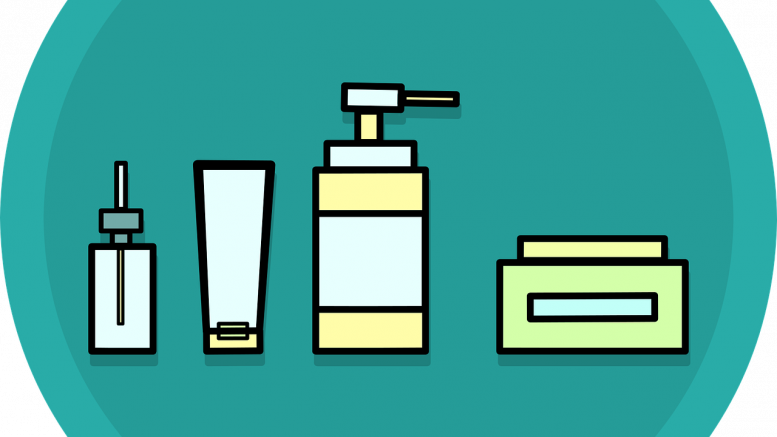Personal hygiene and health may be among the first casualties of the pandemic. Variables such as working from home, excess homework, and financial responsibilities have disrupted many people’s mental health and time, and consequently, have made everything from getting regular exercise to getting a shower than much more challenging. Most people would recognize that this is a problem– but when it comes to skincare, many people ignore it, even before the quarantine. Fortunately, the following general steps will help the average person implement an easy, sustainable skincare routine:
Step 1: Cleanser
Cleansing really just means washing your face. However, washing your face is not just splashing water aimlessly. Using soap or body wash to cleanse your face is also not a good idea, because these products are meant for the skin on your face, which is much more delicate than the rest of your body’s skin. A cleanser, on the other hand, is built to clean your skin thoroughly without being too harsh on the skin. This cleanser should ideally match your skin type to suit you best, depending on whether you have dry, oily, normal, or sensitive skin.
Step 2: Toner/Astringents
Toner is a water-based liquid product that refreshes the skin, which can be applied using a pad. Its function is to refresh the skin without removing moisture. However, those with more oily skin should use astringent. Both of these products are very similar in functionality, however, astringents are particularly helpful in controlling oil.
Step 3: Acne Treatment
Acne treatment is less intuitive than the previous steps because the type of treatment that every individual needs is different. For almost everyone, products focusing on acne prevention are a necessary product to keep the skin healthy. Thus, using a product geared toward acne prevention is generally a good idea. However, for many adolescents, acne is a problem that requires more than just prevention. The best type of product to target acne is a spot treatment, which as implied by the name, should be applied to each spot on your face where there is acne. Spot treatment loosens or dissolves the blockage within the pore that created the initial blemishes, in addition to reducing swelling, pain, and redness.
Step 4: Moisturizer
Not only is dry skin unhealthy, but it can become uncomfortable to a notable extent. Therefore, it is essential to moisturize, especially after applying products which have a tendency to suck moisture from the skin. It is very important that moisturizers are applied after the previous steps, as it works through trapping water in the skin as well as typically using an oil or gel-based substance that binds moisture to the skin. Therefore, spot treatment, for instance, will not be as effective if a layer of product that is meant to trap substances within our pores is applied before.
Step 5: Face Oil
This step may initially seem counterproductive. Why would you add oil if you are trying to remove it to prevent acne? However, there is a good reason: face oil is helpful for dryer skin, but additionally, certain types of oil (rose-hip and jojoba) can decrease excess oil in acne-prone skin. Furthermore, marula and aloe oils soothe sensitive and easily irritable skin. Oil is very thick, so it should be applied during the evening.
Step 6: Sunscreen
This step is not always needed. On days where it is especially cloudy, there is no need for sunscreen. However, on even a fairly sunny day, you should make a habit of putting on sunscreen before going about your day. Usually, people note the short-term negative effects of not using sunscreen on especially hot and sunny days, such as burns. However, not using sunscreen in the long term can increase your risk to skin pre-cancers and cancers, such as melanoma.






Be the first to comment on "Developing A Basic Skincare Routine"